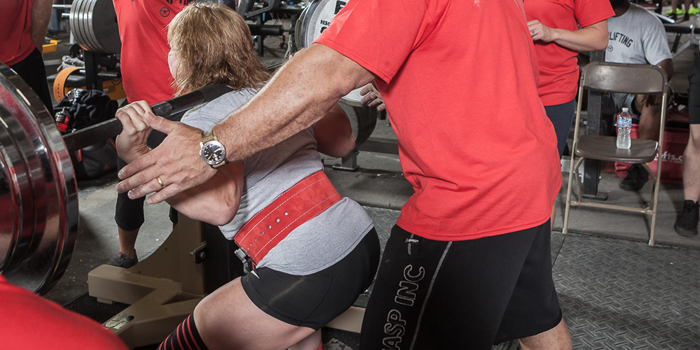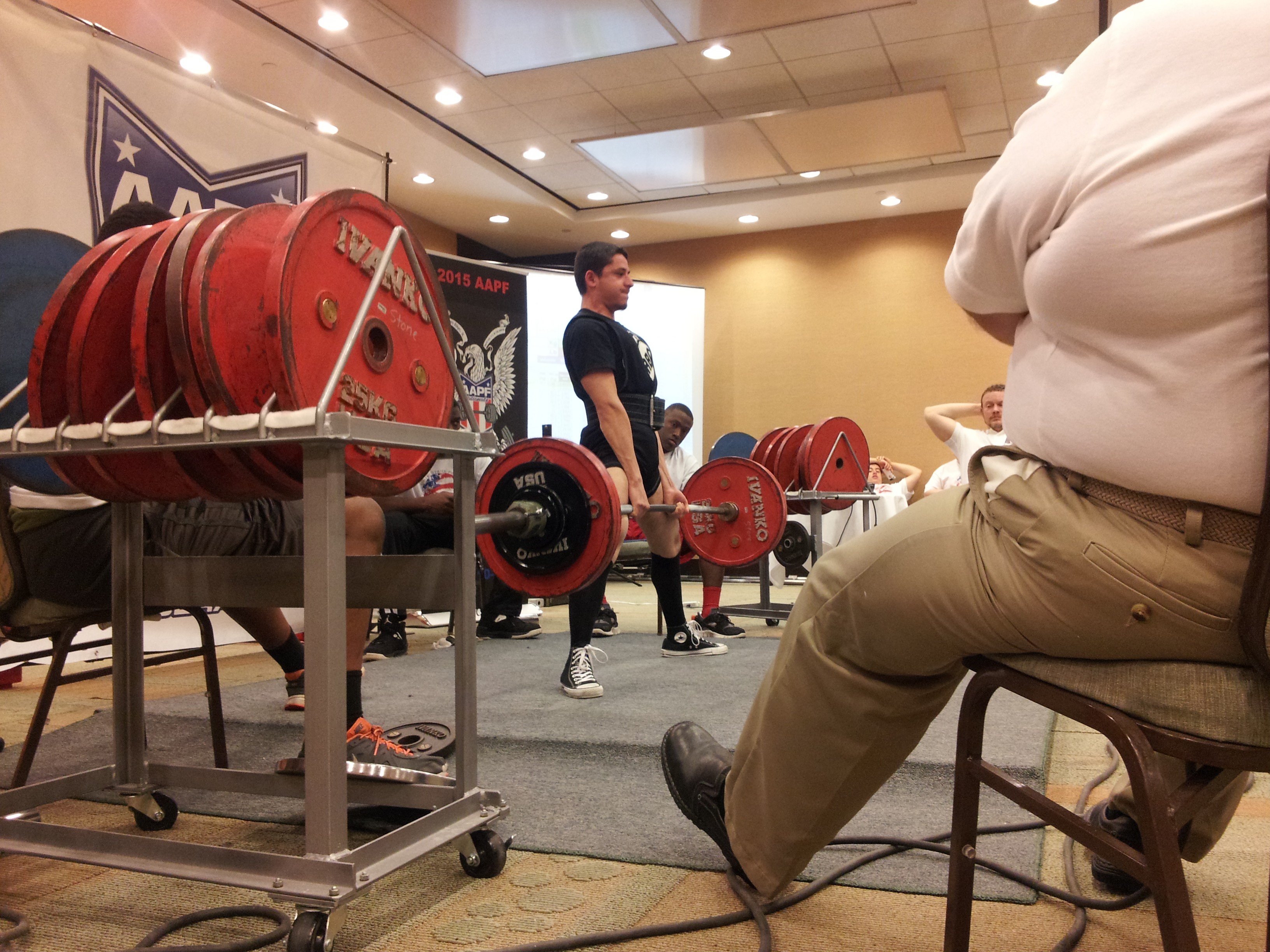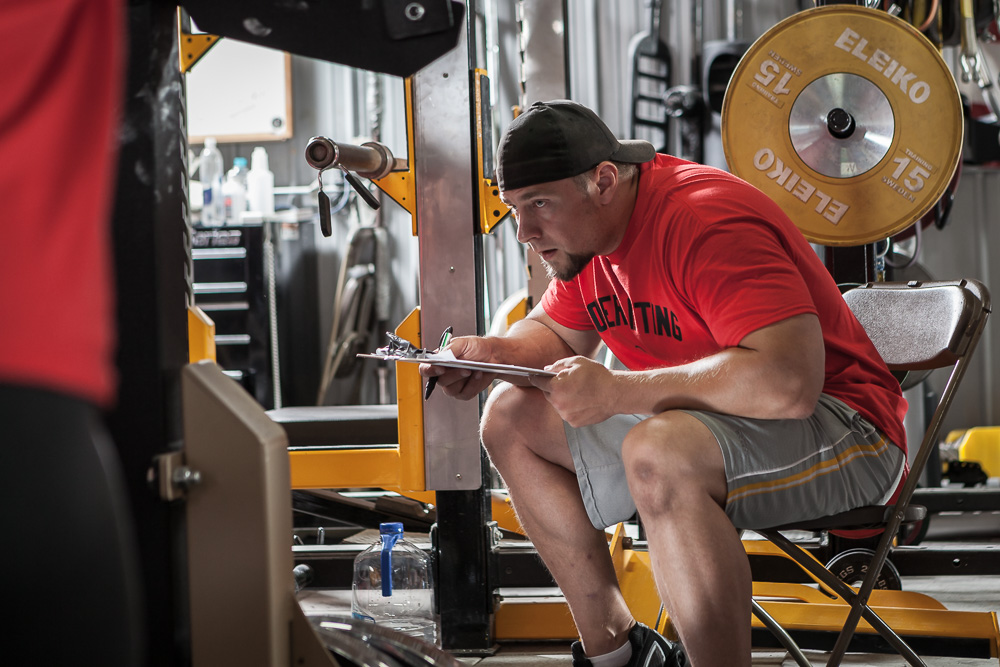
If you aren't careful, bad habits can stall, slow or even kill your lifting progress. If you’ve been struggling to make progress for a while, you might start to question everything that you're doing. Could it be the program? Your technique? Or do you just need more work? However, the first question you should ask is, what bad habits are hindering my progress?
Bad habits will lead to poor technique, weaknesses and, in the worst case, injury. Of course, we all want to be as strong as possible in the shortest amount of time, but there are times when you need to stop, step back, reevaluate and adjust. This is time that you must take to break bad habits.
Bad habits are unavoidable, but they must also be attended to and fixed. The key is to break them as soon as possible. Habits are responses that are anchored to another stimulus. For example, a coach keeps telling Timmy to tighten his upper back. However, in doing so, Timmy points his elbows straight back to accomplish this. This isn't what we want to accomplish because we want to see the shoulder blades pulled together and down with the elbows ending up pointed down and hopefully under the bar. This habit needs to be fixed, and there are several ways to do so.
Changing the Exercise
Changing the exercise is a great way to break a bad habit. While it won’t fix everything, it will address muscular weaknesses, provide a difference firing sequence for the given lift and/or force someone to get out of that which he is comfortable. For example, take a conventional deadlifter and try 6–9 weeks of sumo deadlifts. This will switch the training focus on to the hips and hamstrings. This keeps the back out of it and allows the hamstrings, which are most likely a weaker link, to catch up some. When the lifter returns to conventional pulling, he will need to re-groove his conventional deadlift but can now do so with stronger hamstrings. More times than I can count, I’ve seen the lifter in this situation pull a new record within a few weeks.
What bad habits are hindering my progress?
Other examples include raw squatters who struggle to keep their arch using box squats for a month, geared squatters who rock forward during box squats performing narrow stance paused squats to focus on driving straight up out of the hole, and our friend Timmy only squatting with the rackable cambered bar to force his focus on keeping his shoulder blades down and back while having the hands in an easier place to do it. The goal is to keep the exercise as close as possible but change it enough to break the bad habit. These options not only result in a better technical lift from addressing the muscular weaknesses but can also break the technical bad habit that was present at the beginning.
Changing the Sequence
The sequence of when you do things might need to be changed. Every lifter should be following a mental checklist for each lift. If you watch top lifters or even a good training partner, you'll notice that they approach each lift exactly the same way. They also perform each lift exactly the same way. This is because they are following a mental list of what they need to do at each particular time.
- Approach the bar
- Set the hands
- Set the feet
- Pull yourself under and set the bar
- Take a big breath
- Tighten the lats and abs
- Keep your head up
- Stand up strong
- Open the knees
- Sit back and down
- Drive the head back into the bar
- Force the knees out
- Hold at the top
- Rack the weight
This type of list will allow you to change the sequencing or change the cue itself to make yourself more efficient or more technically sound.

Region Barbell Club lifter Dario Medina deadlifting 341 at 131 pounds in only his second meet. He added nearly 40 pounds to his sumo deadlift by pulling conventional to break his bad habits.
To improve your sequence, you might:
- Open your knees before sitting back in your squat if you find yourself in a good morning position often
- Grab the bar for the deadlift before setting your hips to take advantage of the stretch reflex if you find a lack of pop off the floor present in your deadlift
- Set your hips on the bench and position your upper back and traps if your butt is coming up during your press
Again, looking at Timmy, he won't focus on pinching his shoulder blades together because that isn't working. Instead, he will focus from the bottom up by filling the belly, packing the neck with the head up, bending the bar over his back and standing up strong.
Taking Time Off
The last way to break a bad habit is to take some time off. Perhaps the best instance to use this solution is after a meet or a hard cycle. Taking 2–6 weeks away from the barbell and only working on GPP and assistance exercises could be the needed fix to break any bad habits that you picked up along the way. This means no squatting, benching or deadlifting! Not only will this create a desire to lift hard again, but it will also give your joints a break.
Personally, I did this between two of my meets and added 30 pounds to my deadlift. During this time, it is critical to continue training but only focus on your weak points and stay away from big movements. When you come back to the barbell, bad habits may still be there, but changes can be applied to your sequence or exercise selection after a pause much more easily than in the middle of a cycle. During this time, Timmy would be able to work on strengthening his lats and upper back while feeling the movement that he needs to master, ideally by using the tsunami lat pull-down bar.
In the end, if you’re plagued by bad habits in any of the big three lifts, you need to change something. Be sure that you're strong enough to make the necessary technical adjustments and then correct your technique. Look at changing your exercise selection, sequencing or even taking some time without a barbell in your hands.
Matt Ladewski began powerlifting after his time playing collegiate football came to an end around 2000. But his training experience began long before that in high school. Since picking up the sport, he has spent a considerable amount of time training with and learning from the best athletes and coaches in the world. He very frequently trained at Westside Barbell and continues to train several times a year at the elitefts™ S4 Compound. His efforts culminated in best lifts of an 835-pound squat, a 550-pound bench and a 740-pound deadlift. He is currently chasing an 800-pound deadlift.
Matt currently works as the social media specialist for elitefts™ and is one of the faces behind the elitefts™ Facebook and Twitter accounts. He has also founded the Region Barbell Club in Munster, Indiana. Matt can be reached on Facebook or on the Region Barbell Club’s website.











1 Comment